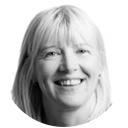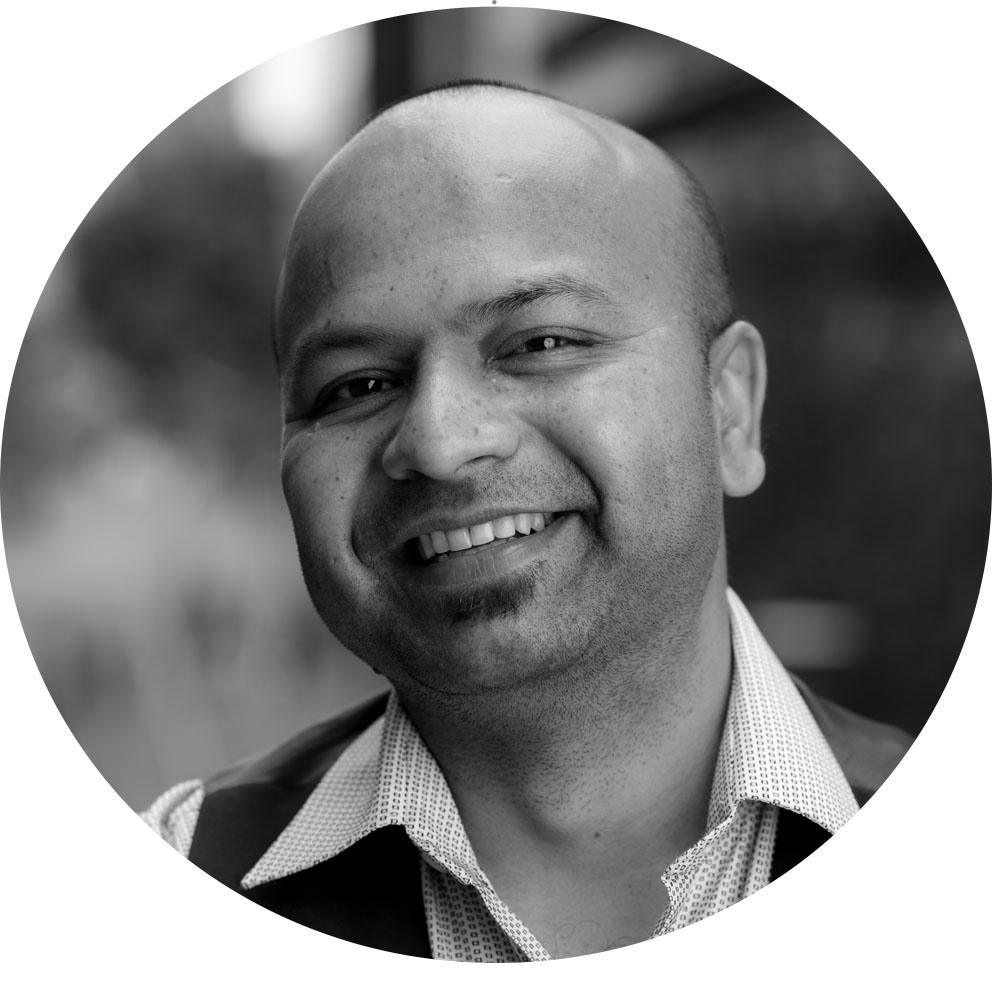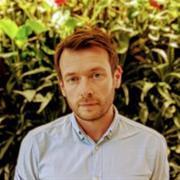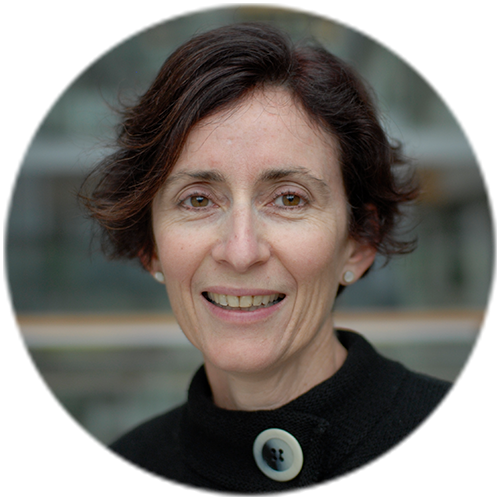To gauge how residents are responding to this environment and assess the potential opportunities for future sustainable developments, UTS Professor Leena Thomas is leading a three-year multidisciplinary research project, the Fairwater Living Laboratory, which has just completed its first year.
Forty homes have volunteered to undergo monitoring for energy use, water consumption and indoor environmental conditions, alongside occupant behaviour and satisfaction over the three-year period.
The unexpected impacts of COVID-19 has made the study even more prescient because the Fairwater residents have spent far more time at home than they might normally do.
With so many people now working from home, it offers opportunities for unique insights before, during and post COVID-19.
— Professor Leena Thomas
“What’s really exciting is that we are going to get insights not just into how people use energy but also with so many people now working from home it offers opportunities for unique insights before, during and post COVID-19,” Professor Thomas says.
With the first 12 months of the research completed, Professor Thomas says preliminary results from the study led by the Faculty of Design, Architecture and Building point to the huge potential for geothermal heating and cooling to reduce electricity demand.
For the developers, Frasers Property Australia, the UTS data is valuable and reassuring. Raymond Baksmati, the company’s Development Director, Land, admits it took a bit of a gamble with the technology.
“From a cost perspective, geothermal technology is prohibitive as the developer is paying for it up front. We have to bring out a drilling rig which can only be used on large-scale, new-build projects no more than three storeys high (because of the heat loss).”
Mr Baksmati says it’s still very early days in terms of enhancing and refining the geothermal technology and making it easier to install but he thinks it’s only a matter of time before the final hurdles will be overcome.
“What’s valuable is that the study is providing us with independent data that verifies the savings without input from the supplier using their own equipment. It’s data that you can hang your hat on and the story that unfolds can be communicated to a wider Australian audience about the benefits of a geothermal system,” he says.
While renewable energy has been the starting point at Fairwater, Professor Thomas says “this isn’t simply about whether the ground source heat pump works or not – we want to understand the wider benefits for residents.”
So many of those benefits stem from the role that good design can play in influencing residents to adopt sustainable practices for themselves and the wider precinct.
Putting people first at the design stage was fundamental to success, says Mr Baksmati.
We went into Fairwater thinking about the people who live in this new community on day one.
— Raymond Baksmati, Frasers Property
“We went into Fairwater thinking about the people who live in this new community on day one, not just the fact that we are going to build 800 homes. You are designing multiple different spaces that will make up the personal place that someone calls home. What do you need to do to make them feel proud of their environment, and their life improved? Coupled with that is the story about geothermal,” he says.
Fairwater was once a golf course and the remodelled landscape of boardwalks, cycleways, picnic spaces and play areas across the 9.5 hectare development has been designed to promote healthy, active lifestyles. How – and how much – residents use these facilities will also be a focal part of the research, providing Frasers and homeowners with clear data on the commerciality of the development.
Clearly there are many more unique insights to come out of Fairwater. Professor Thomas says she’s looking forward to collaborating with science and health researchers later this year to learn about urban heat and residents’ health and wellbeing, their satisfaction with the design and the experience of living at Fairwater.
About the project: UTS Professor Leena Thomas is leading the Fairwater Living Laboratory project with funding from the Australian Renewable Energy Agency (ARENA), Frasers Property and the NSW Office of Environment and Heritage. It is being undertaken in association with Climate-KIC Australia and Curtin University, and draws on multidisciplinary expertise from UTS’ faculties of Design Architecture and Building, Science, Health and its Institute of Sustainable Futures.
Research team
-
Professor, School of Architecture
-
Professor, School of Built Environment
-
Associate Professor, School of Architecture
-
Distinguished Professor, School of Life Sciences
-
Joseph WyndhamResearch Consultant, Institute for Sustainable Futures
-
Research Principal, Institute for Sustainable Futures
-
Director of Studies, Staff Matters, School of Nursing and Midwifery
Faculties
- Faculty of Design Architecture and Building
- Faculty of Science
- Faculty of Health
- Institute of Sustainable Futures
- School of Architecture
Funding
- Australian Renewable Energy Agency (ARENA)
- Frasers Property Australia
- NSW Office of Environment and Heritage
Project partners
- Frasers Property Australia
- Climate-KIC Australia
- Curtin University
- Wattwatchers
- Green Building Council of Australia
- NSW Office of Environment and Heritage






